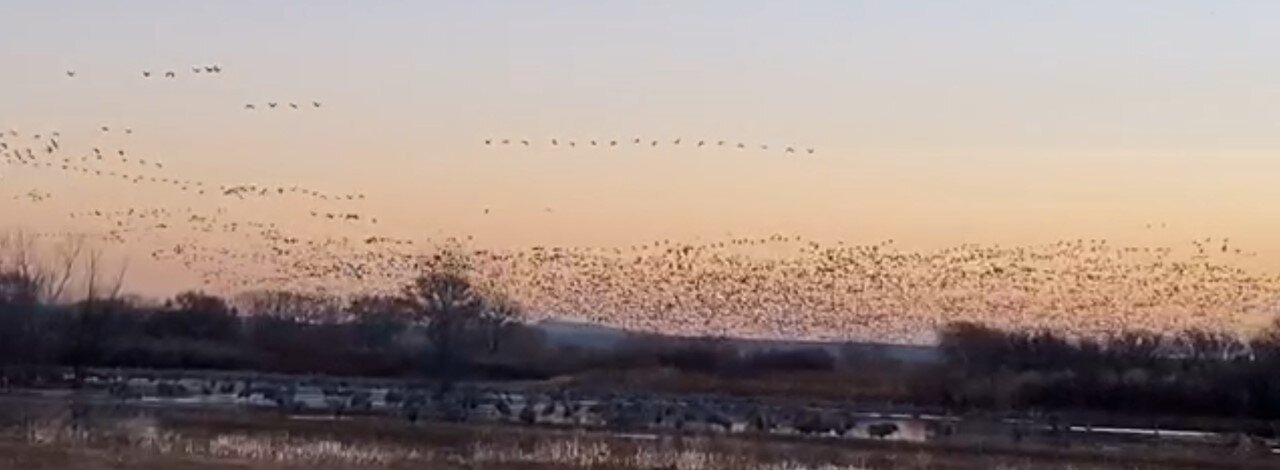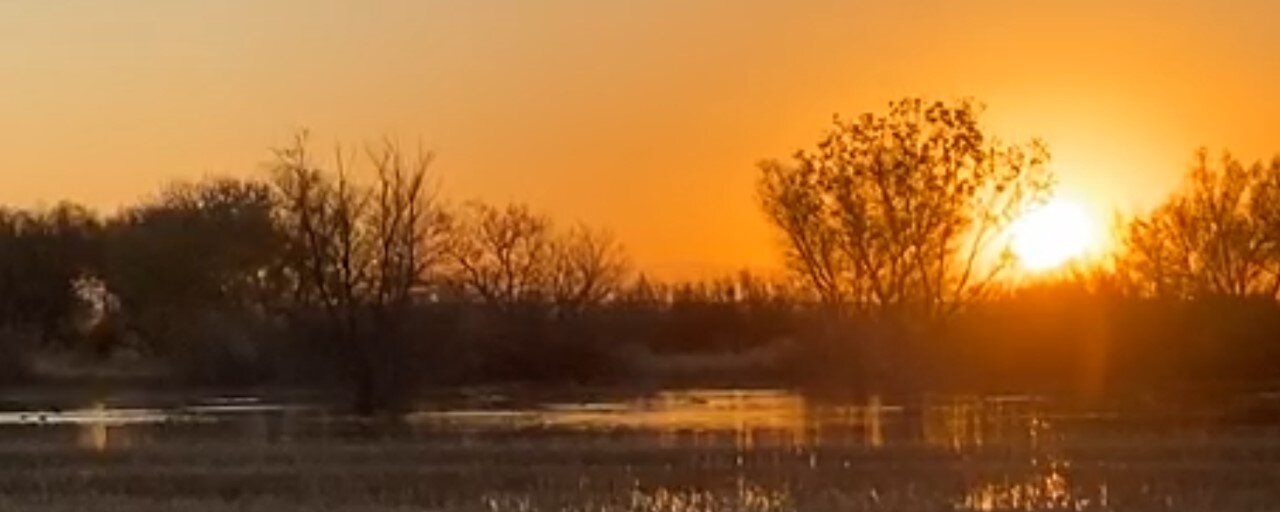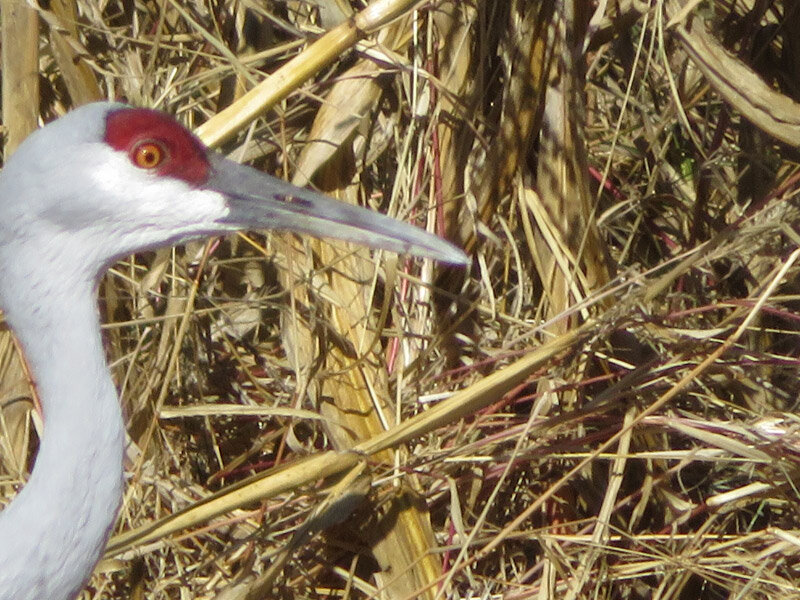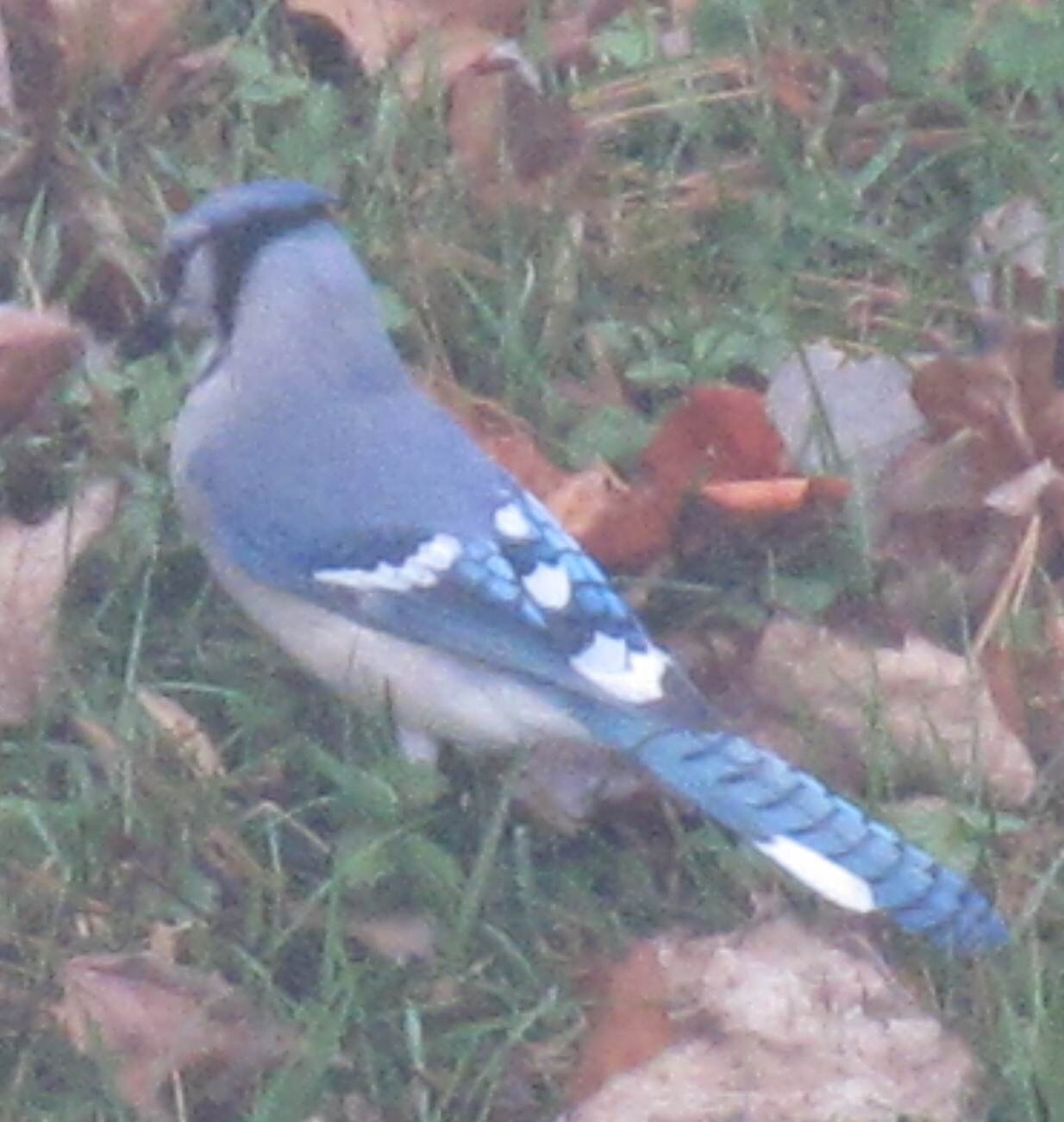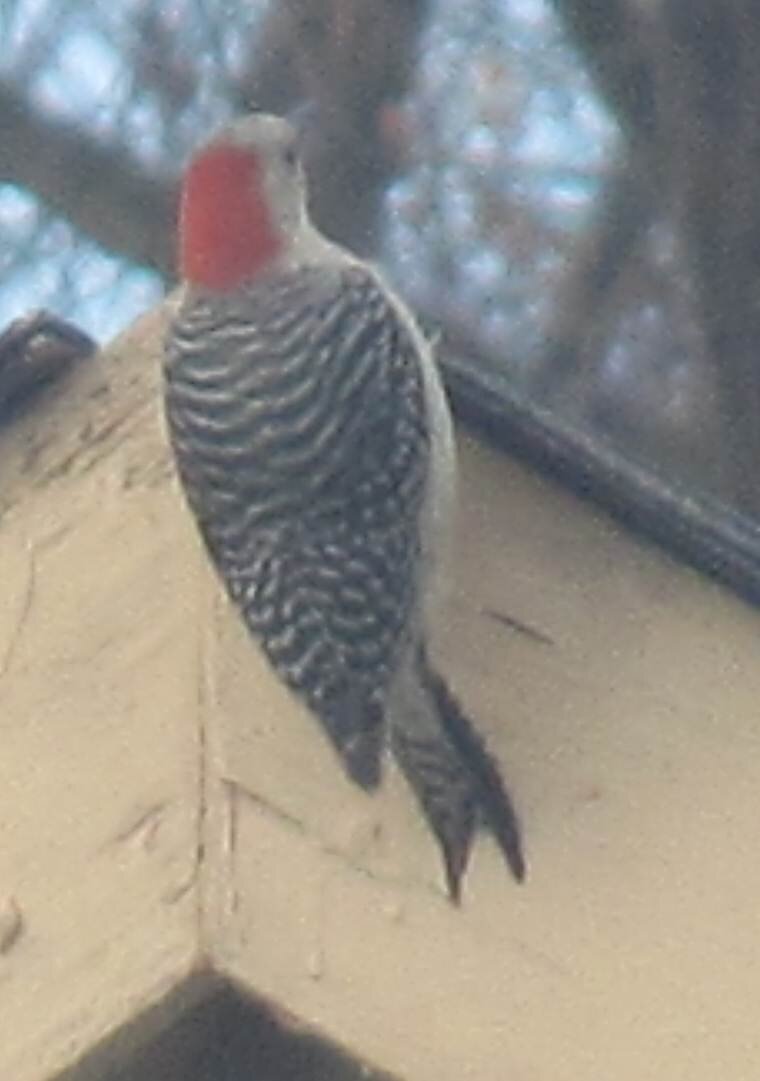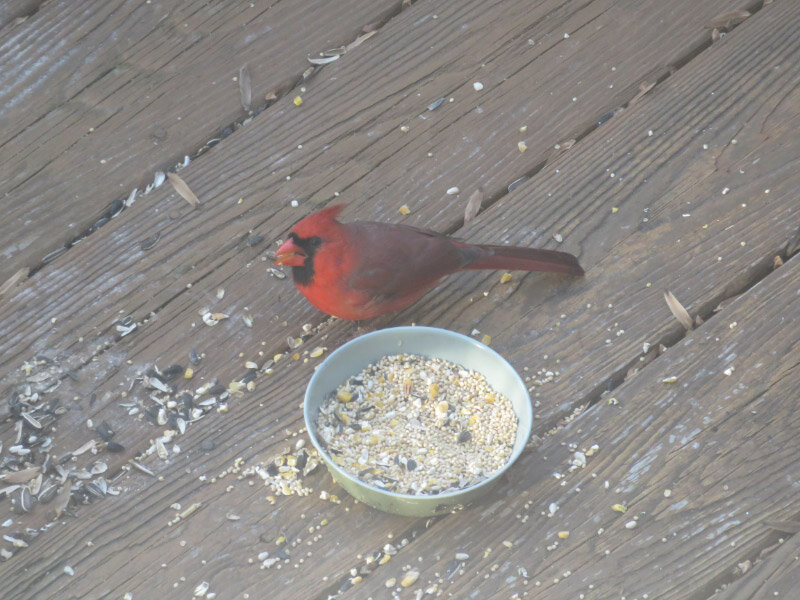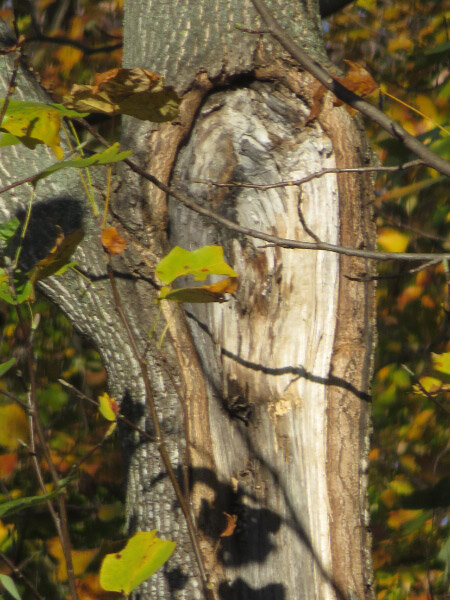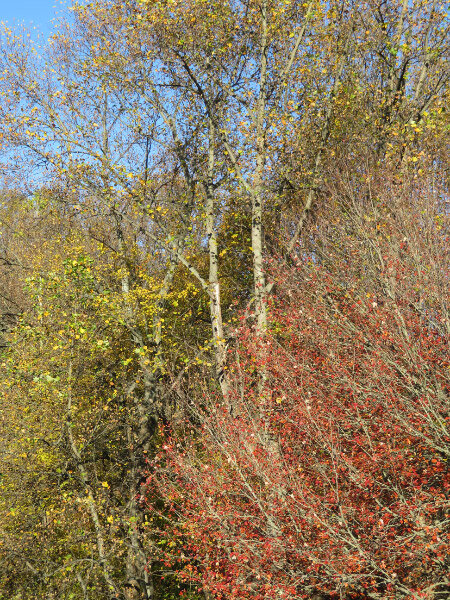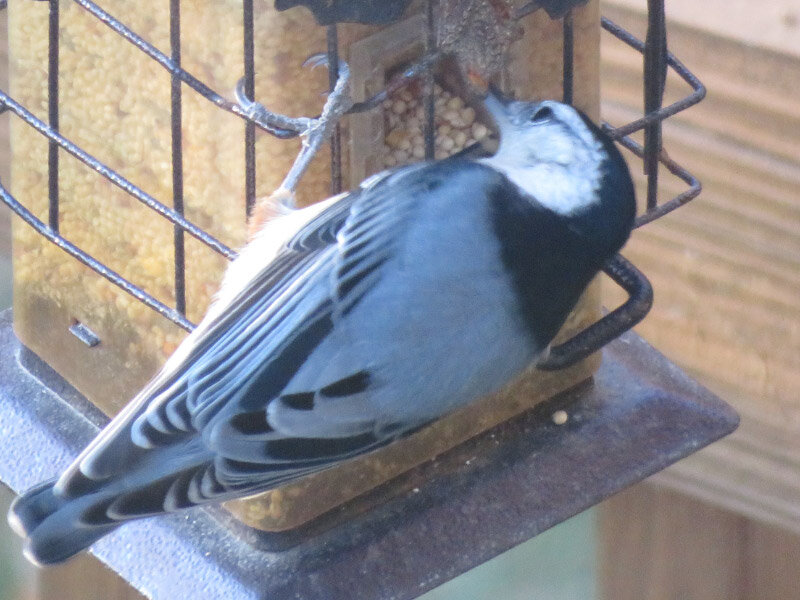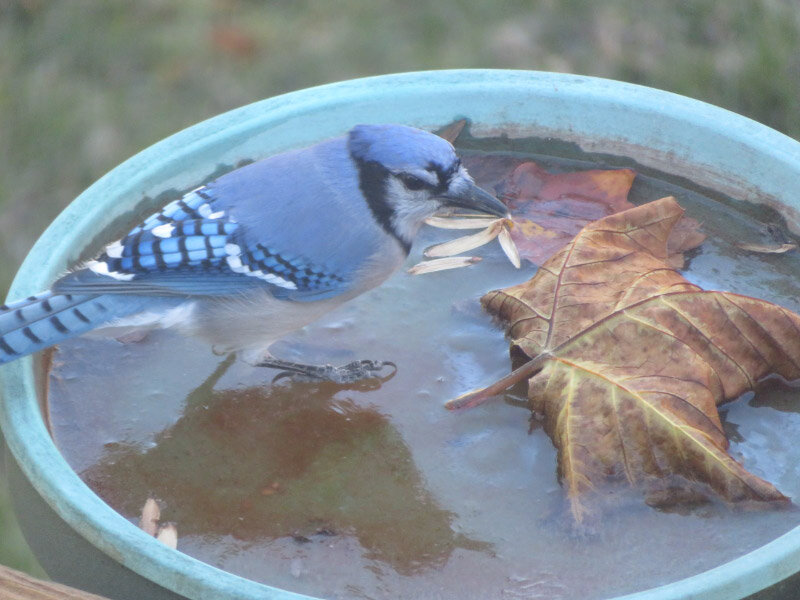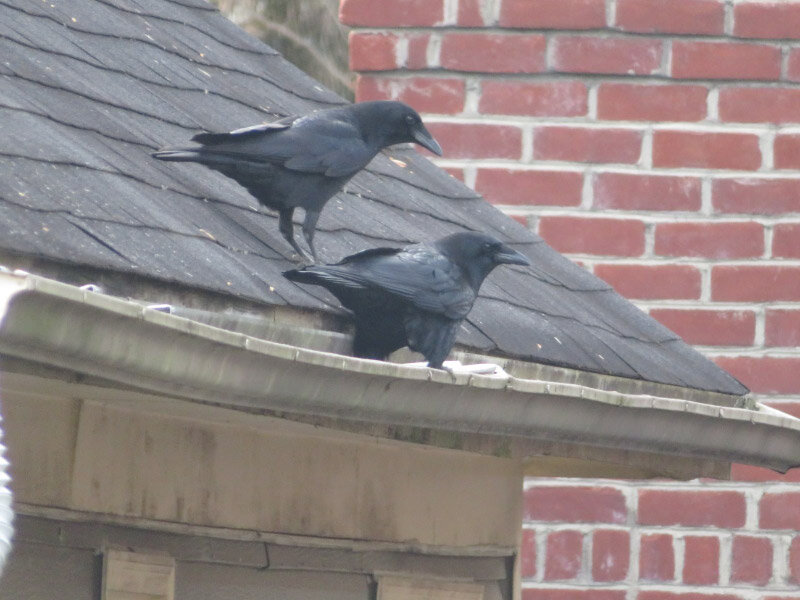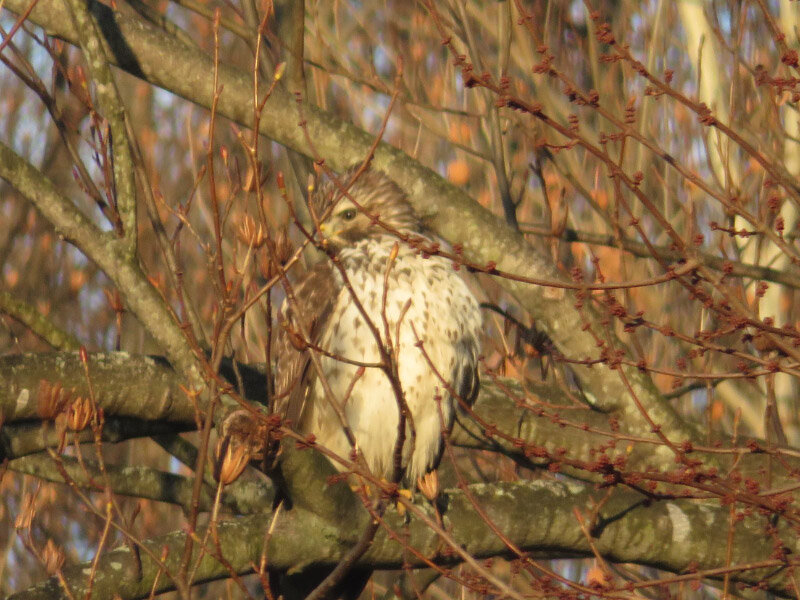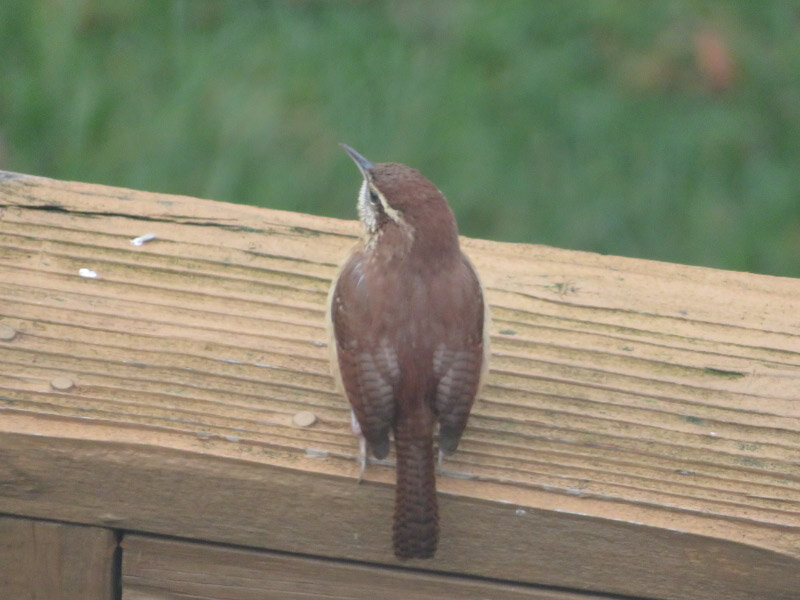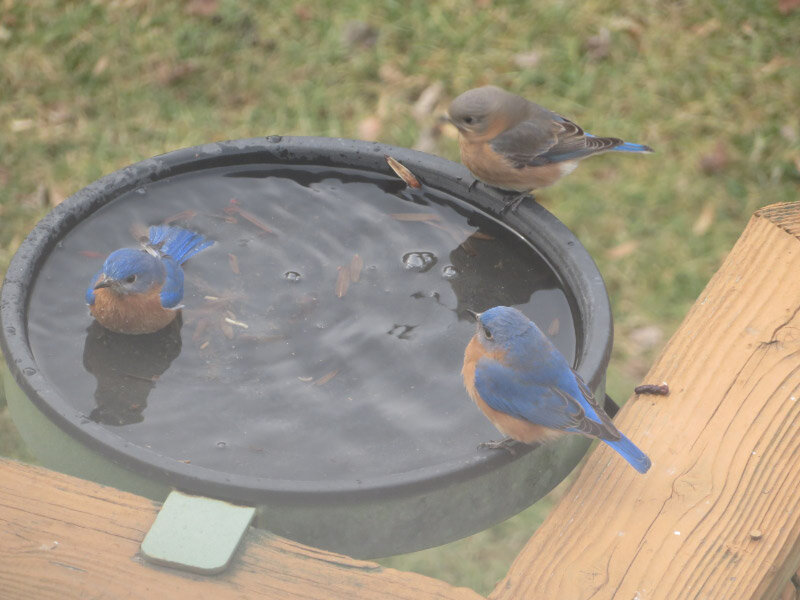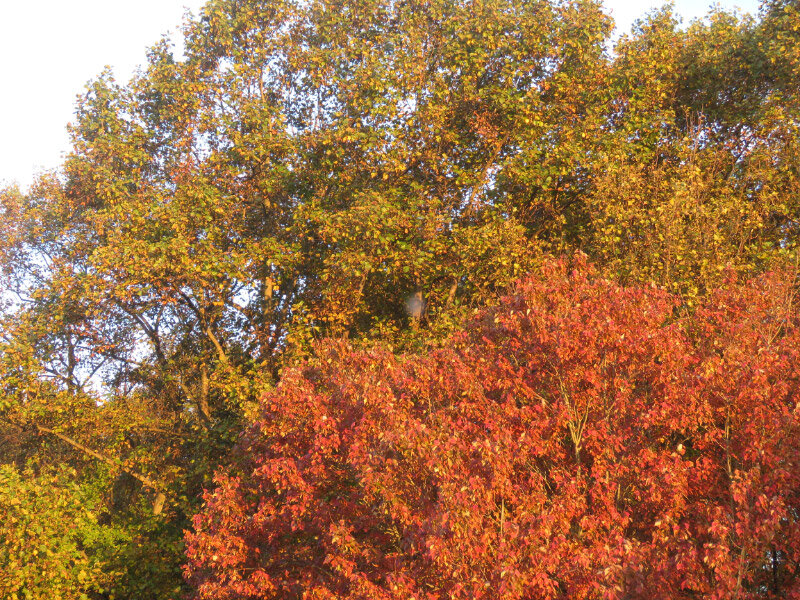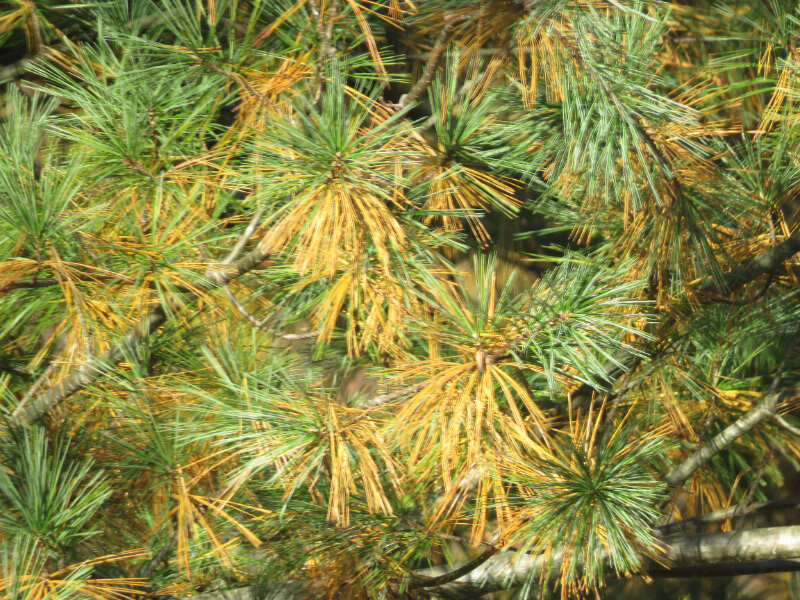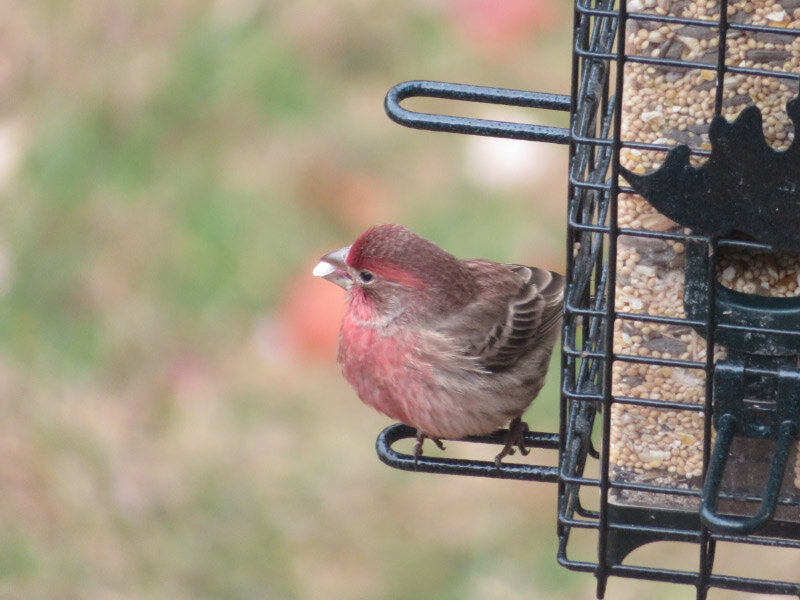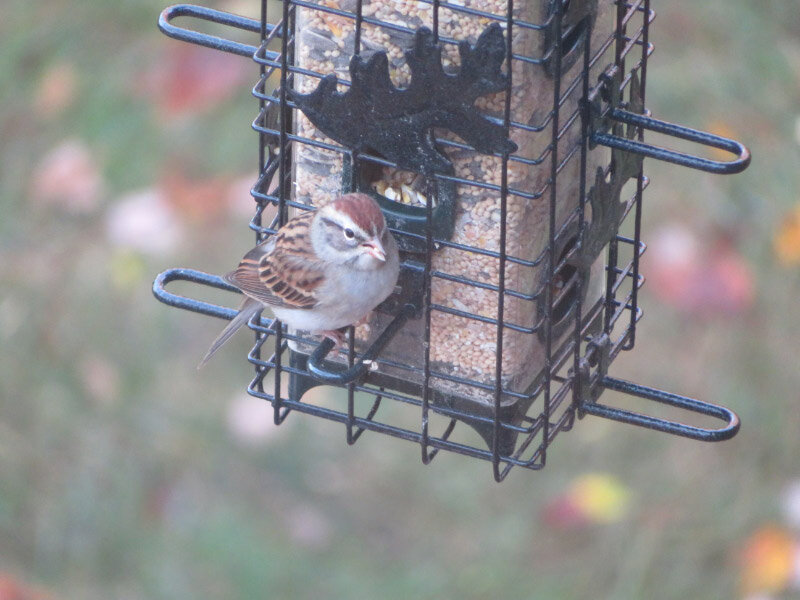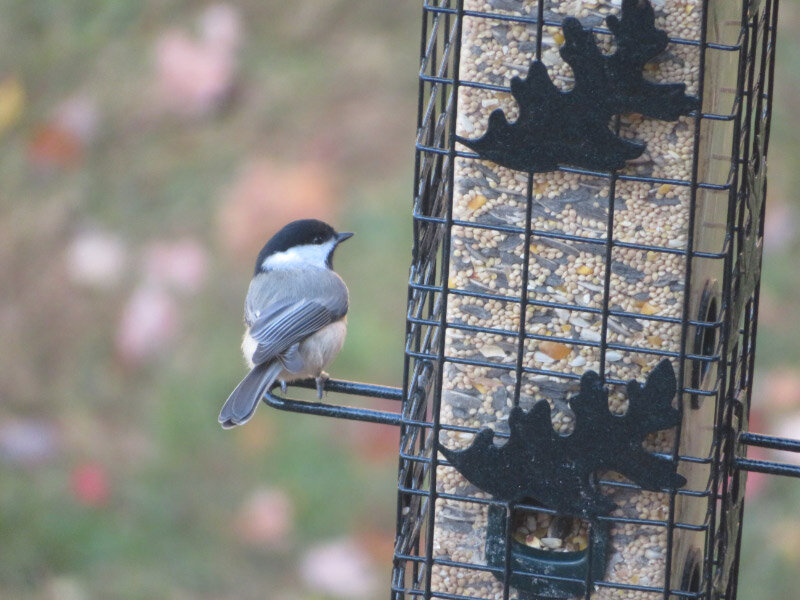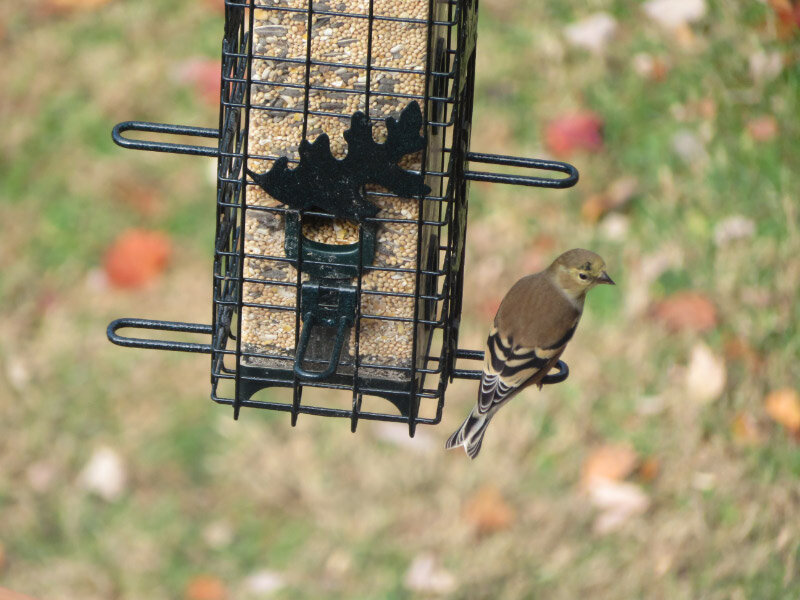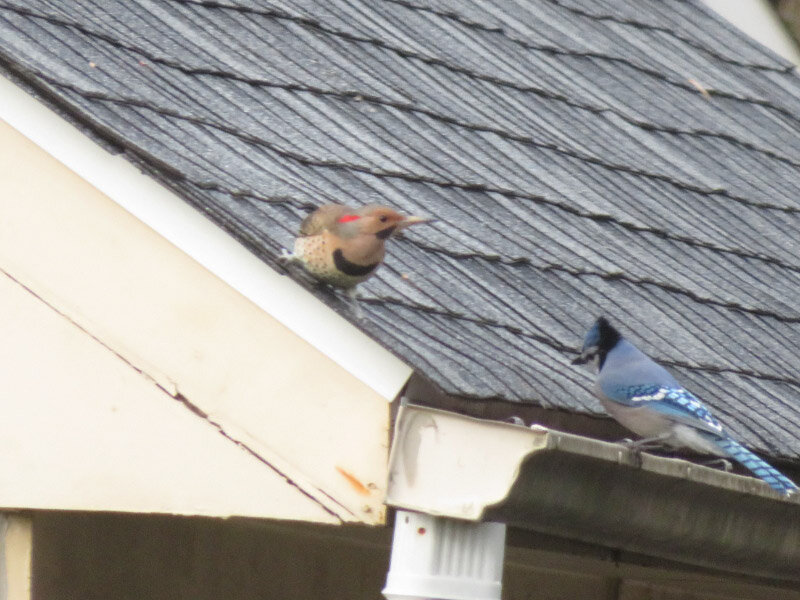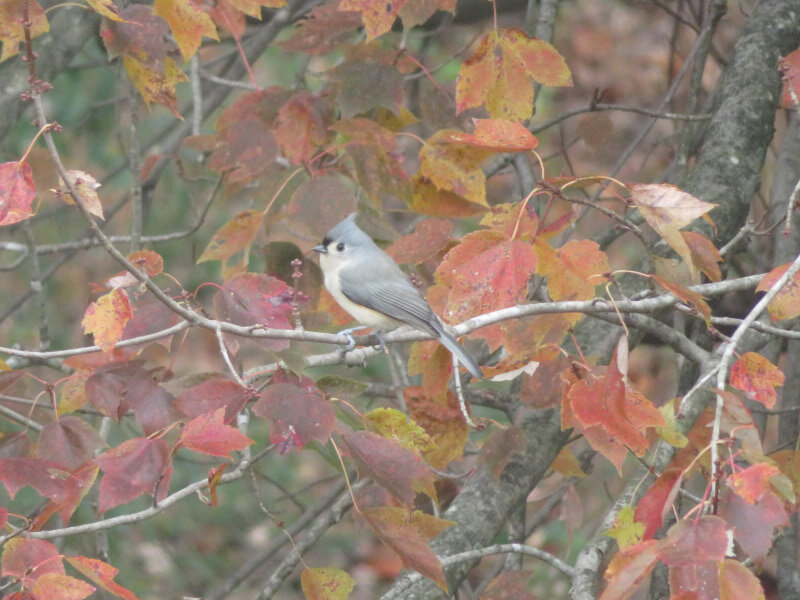Gleanings of the Week Ending December 26, 2020
/The items below were ‘the cream’ of the articles and websites I found this past week. Click on the light green text to look at the article.
35 Beautiful Winter Scenes to Get You in the Holiday Spirit – We had our first snow a little over a week ago…our Christmas was windy and rainy….I enjoyed these snowy pictures from around the world to get me back into the ‘winter wonderland’ mood.
Time capsule for 2020: the 37 objects that defined the year – This prompted me to think about what objects represent the year for me…maybe just a top 10 though rather than 37!
Top 10 Discoveries of the decade – From Archeology magazine
NOAA Research’s top 5 stories from 2020 – NOAA models track smoke movement – and locust swarms; scientists explore the impact of the COVID-19 response on the environment; carbon dioxide continues to rise; Dungeness crab larvae are already showing effects of ocean acidification; and a new roadmap for tracking ocean and Great Lake acidification
Top 11 Clean Energy Developments in 2020 – Some good news….nice to find these in a year that was dominated by bad – sad – horrific news (pandemic, fires, hurricanes, cultural/political strife).
Glucosamine may reduce overall death rates as effectively as regular exercise, study suggests -- ScienceDaily – It’s a correlation finding…not cause/effect. But the correlation was found by assessing data from over 16 thousand people over 40 years of age.
In boost for renewables, grid-scale battery storage is on the rise – Another good news story.
Photography in the National Parks: Winter Wonderlands – More wintery pictures of beautiful places.
Stonehenge's Continental Cousin - Archaeology Magazine – Archaeology in a German potato field! Evidence of concentric rings of oak posts, graves, pits filled with sacrifices, a village of long houses near the circle, alignment with sunrise on days halfway the solstices and equinoxes….no fortification.
Top 25 birds of the week: Bird Camouflage – Ending this gleaning list with birds. There lots of birds that blend into their environment!








